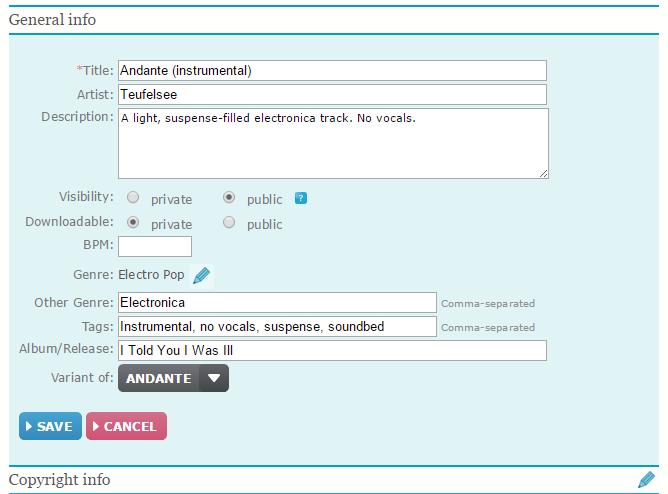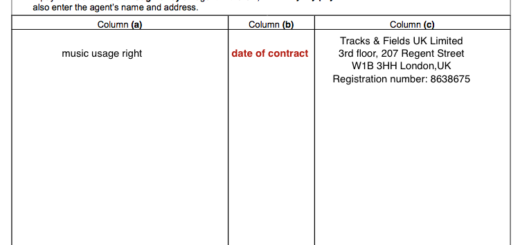Make a music supervisor happy: pitching with versatility

Photo: Niek Verlaan, pixabay
Hello to all our artists, composers, labels, music-makers and music managers! We know it can be nerve-wracking to pitch your work, and disheartening if your track is not chosen for a project. We’d love to give all our members individualised feedback on how to improve your chances of landing a brief, but with so many members time simply isn’t on our side. We thought we should instead solidify that feedback into a regular blog series.
We aim to offer some insight into the other side of the pitching process, making it more likely that your music will get shortlisted for a project. There are three keywords to keep in mind when pitching music, and these should apply both to your music and to the way you do business: keep it high-quality, clean, and quick. For truly effective pitching, begin at the very beginning: the creation of the music itself.
Pitching part one: Instrumentals (or the lack of)
If you’re really interested in having the widest possible licensing opportunities for your music, you need to follow one golden rule: be prepared. Think about what a commercial client will want (quality and versatility) and when they will want it (quickly!)
No matter whether you plan to pitch to advertising, film or game clients, versatility usually means making at least the vocal and instrumental versions of your track available. A client may need a different mix of a song for their project, for example with stronger percussion, so if you do have such alternative versions upload them and keep them clearly named and labelled.
Keep your project files backed up and in good order, even for your older projects, so that if a client requires a slight alteration of your original track you’ll be able to provide it quickly and easily. Save yourself stress!

How we can help – Tracks & Fields platform pitching tips
Happily, our platform can organise your tracks in a way that makes it very clear to clients what variants you have available. If you have a song with several different edits, you can choose the main or “parent” track and then link the variants to it as part of the track description, under “General Info” (see screenshot above). Tracks with variants will then be marked with a “V” icon (see screenshot below). When a client clicks on either track, they will be able to browse through the differing versions by clicking on “Track Variants”.

You can also indicate whether you are willing to edit a track to more closely fit a brief by checking the “Track is editable” box under “Audio Info”. If you are willing to provide the song’s stem tracks, click (you’ve guessed it) “Stem tracks available” in the same section (see screenshot below).

We’d love to hear your feedback on our series. If there are more pitching questions you’d like us to tackle, please do let us know! Next week, we’ll look at one pitching habit you should definitely rule out.


